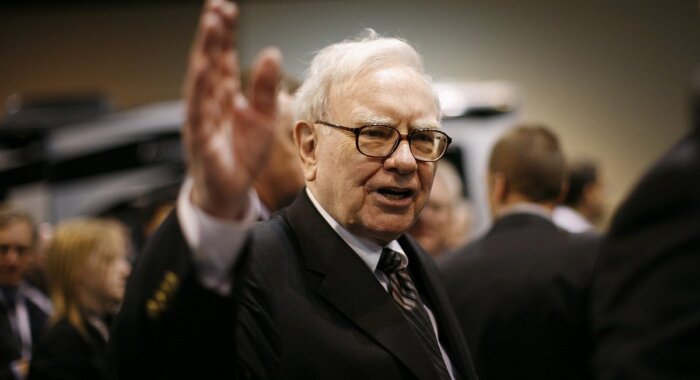Tokenized Assets to Reach $2 Trillion Market Size by 2030, McKinsey Predicts

Tokenized financial assets are poised to achieve a market size of approximately $2 trillion by 2030, according to analysts at consulting firm McKinsey Company.
In a recent report , the analysts noted that while the adoption of tokenization has had a slow start, they anticipate significant growth in the coming years.
They even suggest a bullish scenario where the market value could double to around $4 trillion, although they remain slightly less optimistic than before.
Widespread Adoption of Tokenization Still a Distant Reality
The analysts acknowledged the visible momentum behind tokenization but emphasized that widespread adoption is still a distant reality.
Modernizing existing financial infrastructure poses a challenge, particularly in heavily regulated industries like financial services.
McKinsey’s analysts identified several asset classes that are likely to experience meaningful adoption first, including cash and deposits, bonds and exchange-traded notes (ETNs), mutual funds, exchange-traded funds (ETFs), loans, and securitization.
They projected a tokenized market capitalization of $100 billion for these asset classes by 2030.
It is important to note that the analysts’ estimate does not include stablecoins, tokenized deposits, and central bank digital currencies (CBDCs) in their assessment.
The analysts highlighted the “cold start problem” faced by tokenization, where tokenized assets require users to perceive their value.
Limited liquidity and concerns about losing market share often discourage tokenized issuances, leading to parallel issuances on legacy systems.
To overcome these challenges, tokenization needs compelling use cases that offer clear advantages over traditional finance systems.
One such example mentioned by McKinsey’s analysts is the tokenization of bonds, which has seen numerous announcements of new tokenized bond issuances.
However, they noted that while there are billions of dollars’ worth of tokenized bonds in existence, the benefits over traditional issuance remain marginal, and secondary trading remains limited.
To foster greater adoption, McKinsey’s analysts emphasized the importance of providing increased mobility, faster settlement, and enhanced liquidity for tokenized assets.
They also highlighted the advantage of early movers who embrace tokenization, as they stand to gain a larger market share and have the opportunity to set the standards and shape the industry.
Toucan and KlimaDAO Drive Growth in RWA
Some protocols have played a significant role in driving this growth, particularly in terms of active users.
Digital carbon market platforms like Toucan and KlimaDAO, as well as the real estate tokenization protocol Propy, have experienced substantial user growth.
Tokenized treasuries have also seen remarkable expansion as yields remain high in an environment of elevated inflation and interest rates in the United States.
The RWA.xyz platform reported a record $1.29 billion locked in tokenized U.S. treasuries and bonds , representing an 80% surge since the beginning of 2024.
Protocols such as Securitize and Ondo have contributed heavily to this growth.
It is worth noting that both public and private blockchains are witnessing the inclusion of various assets.
Some of the more notable examples include Franklin Templeton’s U.S. Government Money Fund expanding from Stellar to Polygon , Backed Finance launching a tokenized short-term U.S. treasury bond exchange-traded fund (ETF), and UBS Asset Management deploying a tokenized money market fund (MMF) on the Ethereum blockchain.
Disclaimer: The content of this article solely reflects the author's opinion and does not represent the platform in any capacity. This article is not intended to serve as a reference for making investment decisions.
You may also like
Has Solana Cracked Quantum Security? Developers Think So
DOGE Meme Token Set for Explosive Rise to New Highs

Robert Kiyosaki Slams Warren Buffett's Approach to Bitcoin

Crypto Scam Victim Files $3M Lawsuit Against Three Asian Banks
